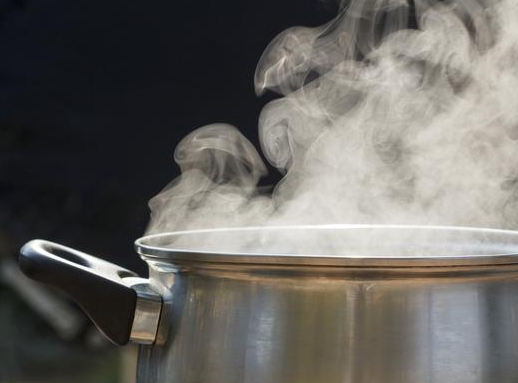What are clouds made of? This question was posed by the 3rd ESO students during the first lesson of
The states of matter. Last week they checked this phenomenon. This means that now they are completely capable of answering this question
Along the following lines we will try to explain it as simple as possible. Anyway, if you have any questions I encourage you to ask 3rd's mates. We are firmly convinced that they will explain this experiment more detailed.
LAB EXPERIMENT
Firstly, the students had to answer -individually- this question and others like can you see steam? Or can water become steam at 1ºC? The purpose was to make all the ideas bring out.
Most of their answers were:
"Clouds are made of steam. When we were 10 years old, we studied the water cycle. The sea water is evaporated and becomes steam. Then, steam makes all the clouds. It is impossible that the water becomes steam at 1ºC. It is really cold! Finally, steam is visible, of course. Don't you see steam when the water is boiling into the pot?"
I would like to anticipate what was the result. Certainly, the experiment and our conclusions make them crazy.
Let's start.
This picture shows what are the 3 states of matter (at the moment, we only keep in mind three, on't think about plasma, please):

- Source: www.revisegcsephysics.co.uk
There is nothing new yet, but...
Did you know that there are two kinds of vapourisation?
If we have a glass of water and leave it for a couple of weeks... What happens? Exactly, you are right. This water gets steam. As days go by there is less water in the glass. This kind of vapourisation is called EVAPORATION and it occurs from 0ºC to 100ºC. There is an special behaviour: the water that becomes steam is the first layer of the liquid. This is the reason why we need to wring the mop when we want to clean the floor. The less layers, the faster it dries.
But, do we see this steam? We must admit that we can't see it.

- Source: www.uh.edu
As far as we know, when we put water to get boiled into a pot, this water is changing into steam as well. This process only happens when the water gets 100ºC and obviously is called BOILING.
But, again: do we see steam ?
Unexpectedly, what we see it is not steam. What we see are small particles of liquid. The steam condenses at room temperature. This paricles cannot make up an entire drop, so they stick with the air particles.
So, what are clouds made of? Steam or liquid?
Evidently, they are made of liquid. If they were made of steam, we could never see clouds.
Material: a pan full of water at 30-35 ºC, a flashlight and a piece of ice.
Procedure to follow:
1. Show first that the water is evaporating but nobody can see the steam.
2. Turn off the lights and turn on your flashlight. It will be useful if you want to show these particles formed because of the condensation.
3. Put a piece of ice above the pan. The steam condenses faster and it appears these particles of liquid.


















































